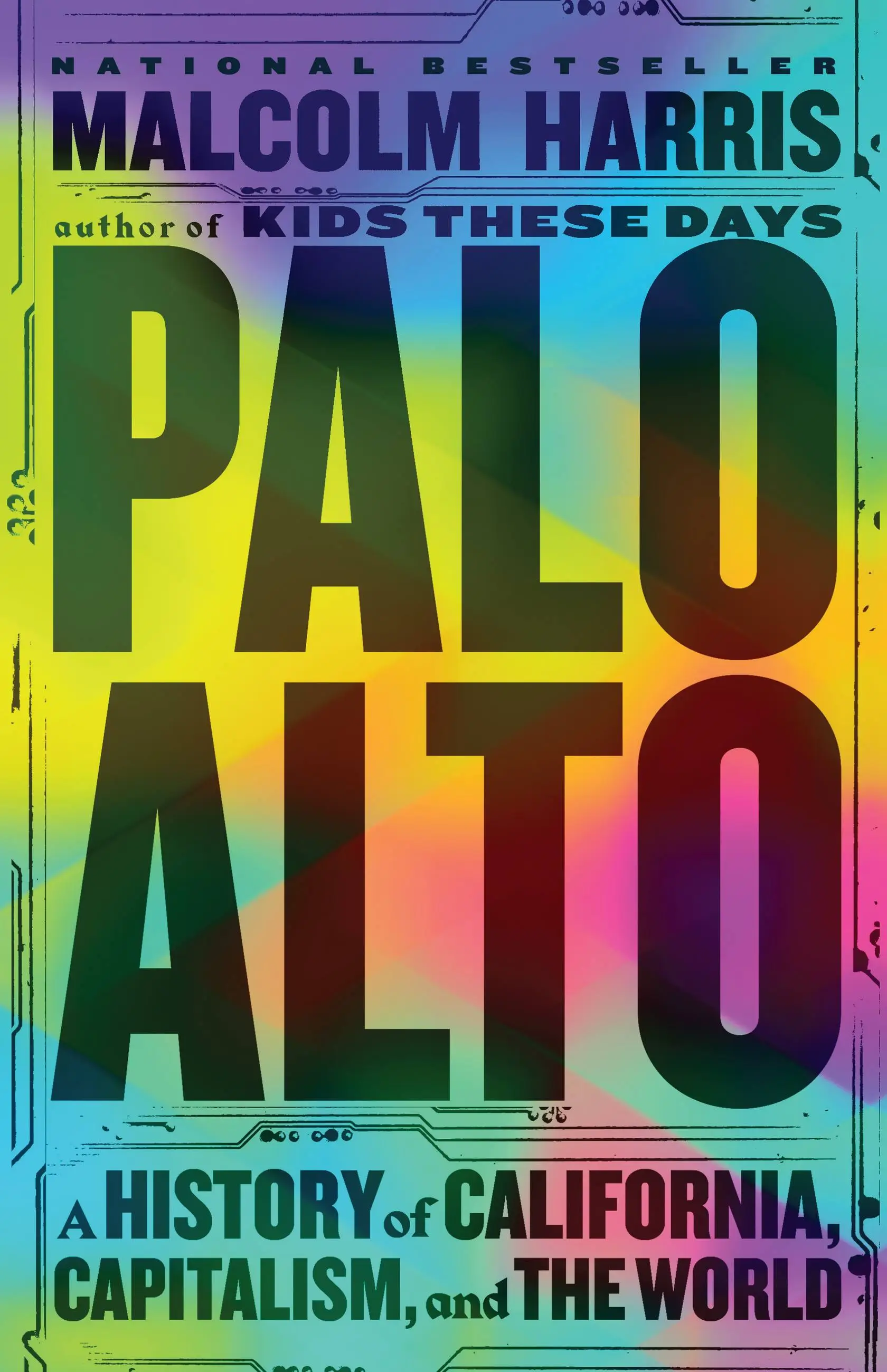California can seem incoherent from top to bottom. From the south, there’s San Diego, a militarized pleasure dome that has quite effectively obscured obscene inequality with sunshine, sand, and SeaWorld. There’s Los Angeles, a gorgeous paragon of health and wellness famous for its exhaust fumes and smog, the world’s glorious entertainment capital where the most common thing to catch on TV is a news story about the rich and powerful caging as many poor people as they possibly can. There’s the Central Valley, hundreds of miles of farms so fertile that they produce more than half of America’s fruits and vegetables, resting atop a desert so perpetually drought-stricken that its denizens have been pumping the state’s groundwater dry just to keep up with demand. And then, of course, there’s the Bay Area—the coolest, queerest, most radical place in the country—and also one rapidly being made unlivable by tech bros, their tough-on-crime allies, and all of the money spewed in their wake.
There are other stops on that road trip, too, from Orange County and the country’s most beautiful beaches to Death Valley, Mount Whitney, and the country’s most extreme environments. But the most influential spot on the map is a small, wealthy enclave called Palo Alto: the economic, cultural, and spiritual hub of Silicon Valley. Indeed, from the story of this small town one can extrapolate much of the recent history of the world. Or so argues the journalist Malcolm Harris in his recent book, Palo Alto: A History of California, Capitalism, and the World.
It’s in Palo Alto that the gospel of optimization emerged alongside an unprecedented surveillance infrastructure, the dogma of meritocracy growing in parallel with the huge creation of wealth, power, and stress. At the heart of this history is what Harris recognizes as Silicon Valley’s singular capitalist innovation: foregrounding the individual to forestall class struggle, convincing or compelling those individuals not only to work till they drop, but to feel they have no choice—and, sometimes, to like it. So far, at least, Palo Alto has succeeded.
Harris would know. He was, after all, raised in Palo Alto. And though he has long since come east, he retains a keen eye for the cultural and economic hallmarks and exports of his famous hometown. His first book, Kids These Days, tracked late capitalism’s grinding effects on Harris’s own generation. His latest, Palo Alto—an encyclopedic account of the history and impact of the town—feels like the culmination of his upbringing and career. It’s a stunning, Technicolor anvil of a book, starting before the founding of Stanford University and proceeding through the rise of the computer, the internet, suburbs, startups, and startup culture, ranging from wars of conquest to the Cold War to the war on terrorism to the tech industry’s war on privacy.
Palo Alto is far from the first history of the town, its residents, or its influence, but it is among the most capacious. Its strength lies in this very broadness, in the book’s determination to cover art and crime and drugs and economics and eugenics and robots and attempt to tie it all together as the story of modernity. To make sense of California, of our world, we must turn to this shining city by the bay.
